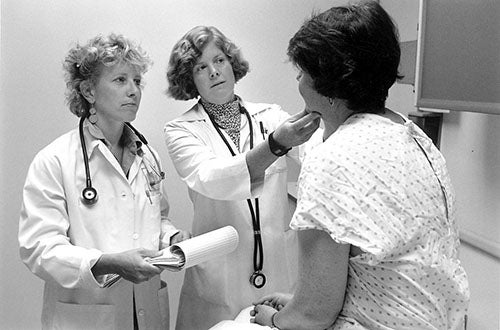Feb 23 2015 Collaborating to identify Medicaid patients who visit emergency rooms
 Health care is, undoubtedly, an area in which intersector projects have the potential to make a significant impact. A few weeks ago, a public-private partnership to identify and provide assistance to at-risk Medicaid patients who visit the emergency room was announced in West Virginia.
Health care is, undoubtedly, an area in which intersector projects have the potential to make a significant impact. A few weeks ago, a public-private partnership to identify and provide assistance to at-risk Medicaid patients who visit the emergency room was announced in West Virginia.
One unsound tactic that has been used by almost every state in the past is to charge higher copayments for emergency room visits to dissuade Medicaid recipients from seeking costly primary care in emergency rooms. But this has strategy has been ineffective in encouraging patients to seek preventative care.
The Department of Health and Human Resources (DHHR) and the non-profit Partners in Health Network are teaming up with a different approach in mind. They plan to identify Medicaid patients who visit emergency rooms and deliver preventative care to these patients, allaying the need for future emergency room visits. The hope is that the partnership will both improve care for Medicaid patients and ultimately cut down on health care costs.
Cross-sector collaboration is a powerful approach to changing health outcomes, said DHHR Cabinet Secretary Karen Bowling. “As we begin to think about how do we change things, and move West Virginia in the right direction to change our health outcomes, we have got to have these types of programs in place so that there is sort of an acknowledgement of the need to do things differently,” she said.
This is not the first time the West Virginia DHHR has actively collaborated with businesses and non-profits. West Virginia’s West Child and Family Services Plan outlines collaborations between internal and external stakeholders to ensure child welfare data is shared on a regular basis. Through this initiative, members from both government and business work together to assess agency strengths and areas needing improvement. The goals and objectives for improvement are then determined through a “coordinated and collective process.”
